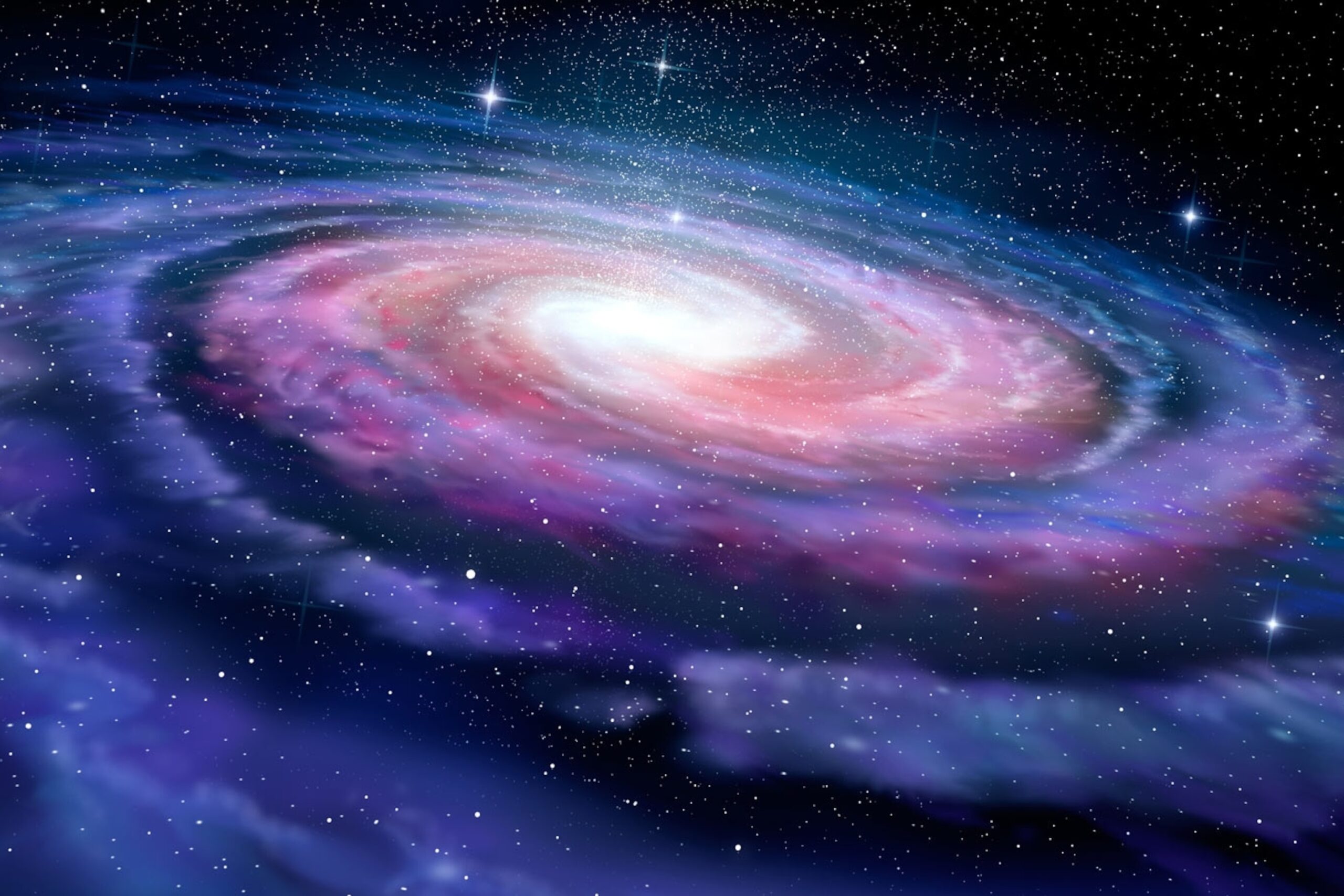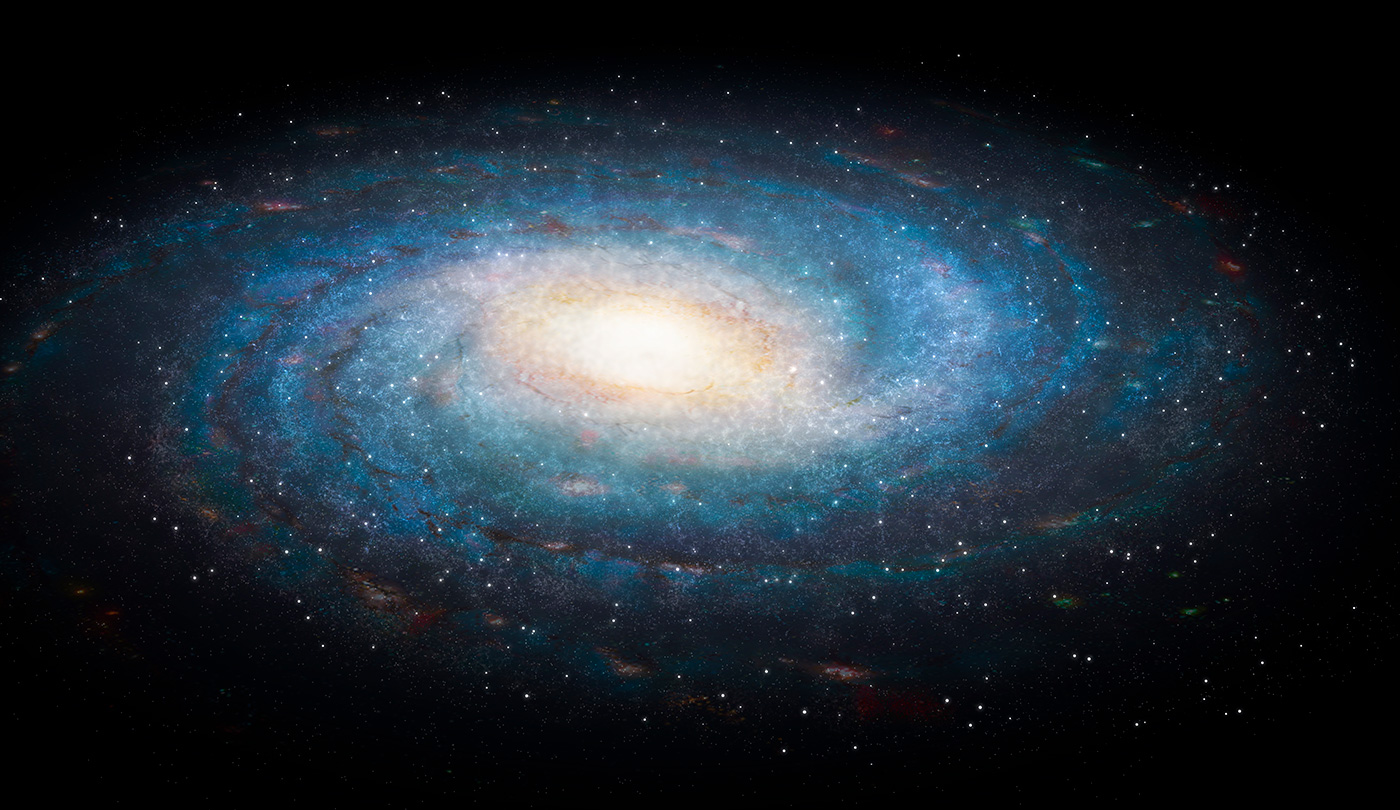Astronomers have made a reconstruction of the global chemical composition of our galaxy, the Milky Way, in order to compare it with other galaxies in the Universe. It turns out that our galaxy is not unique but distinct from others. Extraterrestrial astronomers could notice this particular feature, which could help us understand the unique history of the formation of our galaxy.

While hydrogen and helium appeared in the Universe just a few minutes after the Big Bang, all other elements are formed in stars. The level of metallicity in a galaxy reveals a lot of information about it. This new study provides the best overview of the metallicity of the Milky Way.
“Comparing our native galaxy with distant galaxies is what we need if we want to find out if the Milky Way has its peculiarities. This question has remained open since astronomers realized 100 years ago that the Milky Way is not the only galaxy in the Universe,” explains lead author Jianhui Lian from the Max Planck Institute for Astronomy and Yunnan University.
The metallicity level increases from the center of the Milky Way to about 23,000 light-years and then stabilizes at a level similar to the Sun’s metallicity. The Sun is located about 26,000 light-years from the center. Then the metallicity level decreases again, reaching one-third of the solar level at a distance of 50,000 light-years on the outskirts of our galaxy.

Compared to studies of other galaxies such as MaNGA or simulations of galaxies like TNG50, the high metallicity index of our galaxy is unique. Only 1% of the studied galaxies and just 11% of the modeled galaxies closely resemble ours. The discrepancy between these two numbers is explained by the uncertainties in the study and limitations in creating realistic simulations of the Universe.
“The results are very exciting! It’s the first time we can fully compare the detailed chemical composition of our galaxy with measurements from many other galaxies,” explained co-author Maria Bergemann, also from the Max Planck Institute for Astronomy.
The peculiarity of our galaxy’s core may be associated with the activity of a supermassive black hole, which can expel heavier chemical elements outward, halting the formation of young, metal-rich stars. A collision with a small galaxy on its outskirts, where metals were scarce, can lead to the supply of purer material and the formation of a large population of metal-poor stars.
The obtained results are of significant importance for the next generation of comprehensive studies on galaxy formation. These findings will be used in future large-scale programs for observing the Milky Way and studying distant galaxies.
Earlier, we reported on how extraterrestrials do not see signs of intelligence on Earth.
The research was published in the journal Nature Astronomy.

